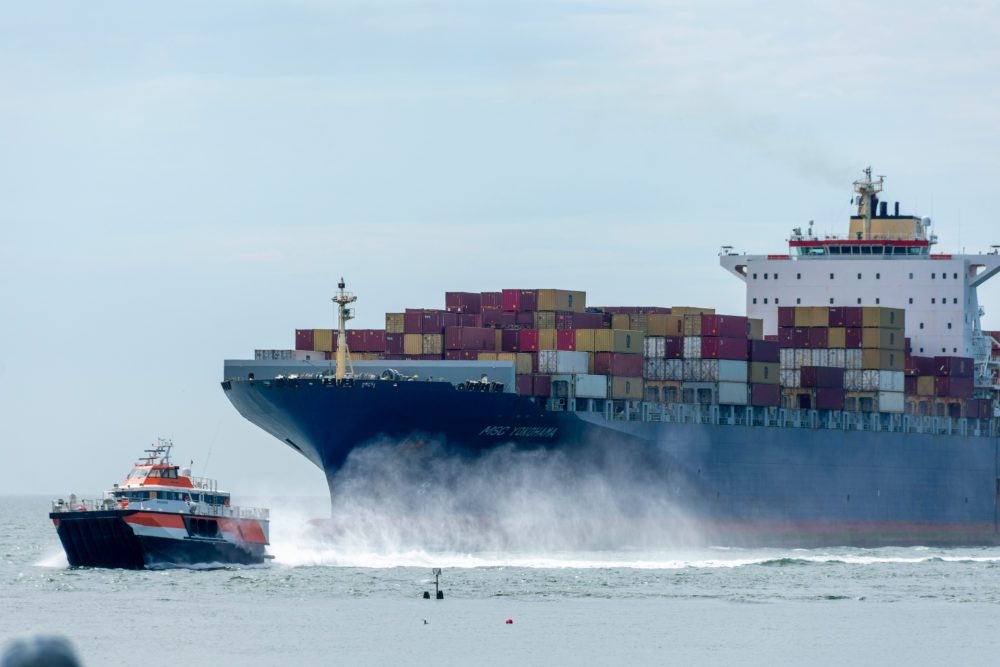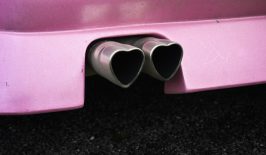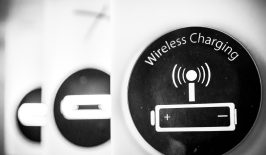The shipping industry is responsible for approximately 3 percent of total global greenhouse gas emissions. That might not sound like a lot, but researchers estimate that the world’s carbon dioxide emissions exceeded 40 billion tons in 2023, which would make shipping’s contribution 1.3 billion tons—every year.
Likewise, worldwide growth in demand for shipping means that emissions from this sector have been accelerating faster than average. In fact, “international shipping in open seas is one the major sources of all emissions in Europe”, said Syed-Asif Ansar, a scientist at the German Aerospace Centre, DLR.
Without action, shipping could be responsible for 10-13 percent of global emissions within a few decades.
It’s clear that urgent action is needed.
According to bound4blue, the answer is swaying in the wind
In 2014, Christina Aleixendri, along with two aeronautical engineering colleagues, founded bound4blue. Their project, funded until February 2024, focussed on ways that sail and boat designs could slash emissions and fuel costs simultaneously.
Put very simply, traditional sails work by ‘‘catching the wind’’; whereby wind is caught and then directed by the sail, which powers the vessel the sail is attached to, known as “lift”. The earliest known use of sailboats dates back to 3500 BC, although it’s possible humans have been utilising wind to power sea vessels for even longer.
Bound4blue combines this ancient technique with cutting-edge technology. The project proposes two patented types: a foldable wingsail suitable for vessels with space and manoeuvrability restrictions, as well as a suction-based wingsail (eSAIL) which is better suited for smaller vessels. This cylinder construction rises from the ship’s deck and employs a suction fan to enhance lift, offering six to seven times the efficiency of conventional sails and potentially reducing fuel consumption by up to 40 percent.
The eSAIL’s autonomous control system ensures that the technology is working correctly without the additional burden of extra staff. Input data is received from several sensors, which inform the control system’s three main trim actions: body rotation, flap position and suction. This collaboration ensures maximum fuel savings are achieved while guaranteeing the safety of the device. In addition, a touchscreen on the bridge of the device monitors the status of eSAIL and allows for switching between different operation modes.
(Video from bound4blue, all rights reserved.)
Initially dismissed, Aleixendri’s team is now hailed by shipowners who foresee a return to wind power as an indispensable and enduring solution. While it’s still early days, some early adopters of the technology have already reported savings of 15 percent. Bound4blue has also signed a range of deals with large international shipping firms including Japanese Marubeni and French Louis Dreyfus Armateurs.
“We have more demand than we can supply today, so we’re very happy about how it’s going,” said Aleixendri.
She predicts that wind-propulsion technology will soon become a standard in the industry. This is backed by an impressive list of acclaim, including a Forbes 30 Under 30 recognition in 2019 and the European Institute of Innovation and Technology Woman Award in the subsequent year.
The winds of change are upon the shipping sector
It’s not just Aleixendri that’s shouting into the wind for positive change.
Rogier Eggers of Dutch Maritime Research Institute MARIN also wants to send the maritime industry back to the future. Eggers leads the EU-funded OPTIWISE, a project investigating how wind power can be harnessed to propel cargo vessels, passenger liners and tankers. A keen windsurfing and sailing enthusiast, he has also studied ship design for the past 15 years.
Digitalisation is central to the improvement of this ancient technology. Whereas before sailboats would be at the mercy of weather conditions, technology in mapping global weather means that “weather predictions are much more accurate than times past, allowing ships to take the route with the most favourable wind.”
Theory is one thing, but as Eggers points out, practice is already underway. In late 2023, a sailship set for French Guiana to deliver rocket parts for Ariane 6, Europe’s latest and largest space rocket, expected to launch in mid-2024. Built across facilities in Europe, the rocket parts were delivered to the European Space Agency’s spaceport in French Guiana using Canopée, a ship which uses almost 16,000 square feet (1,486 square meters) worth of wing-like sails to cut fuel consumption by up to half.
“There will be progress in 2024 for sure with a few more ships being launched, but even more being designed and construction starting on some ships with sails, rotors, suction wings and kites to take advantage of wind.
We’ve seen real acceleration this year, with the number of installations achieved in one year the same as in the last 10.”
The maritime sector is at the helm of transitioning its carbon footprint and joining the global fight towards zero emissions, with the potential for hundreds of ships to be equipped with wind propulsion annually. As Aleixendri puts it, wind propulsion offers free, renewable energy without the need for storage or the expense of extensive infrastructure investment.
In July 2023, the International Maritime Organisation (IMO) committed to new targets for greenhouse gas and carbon emissions reductions. And, January 2024 saw the EU’s Emissions Trading System (EU ETS) extended to cover CO2 emissions from all large ships (of 5,000 gross tonnage and above) entering EU ports.
Due to the growing urgency to shift away from highly polluting heavy fuel oil and pressure from international bodies such as the EU, it could be we see more ways of reimaging the past building a cleaner future.








